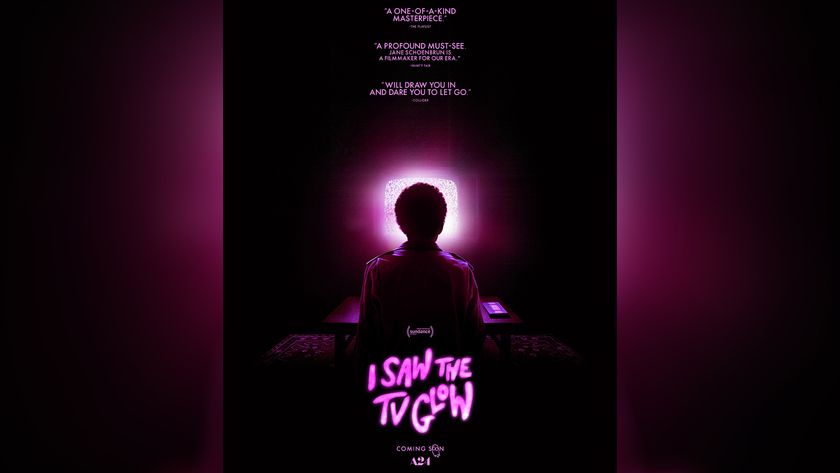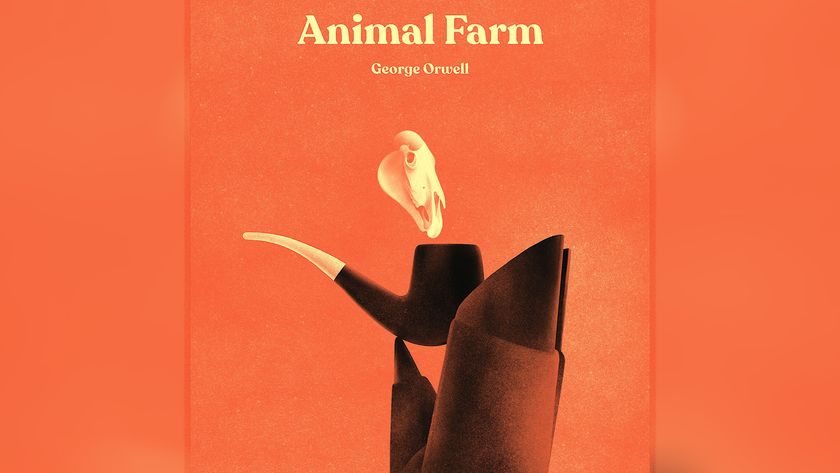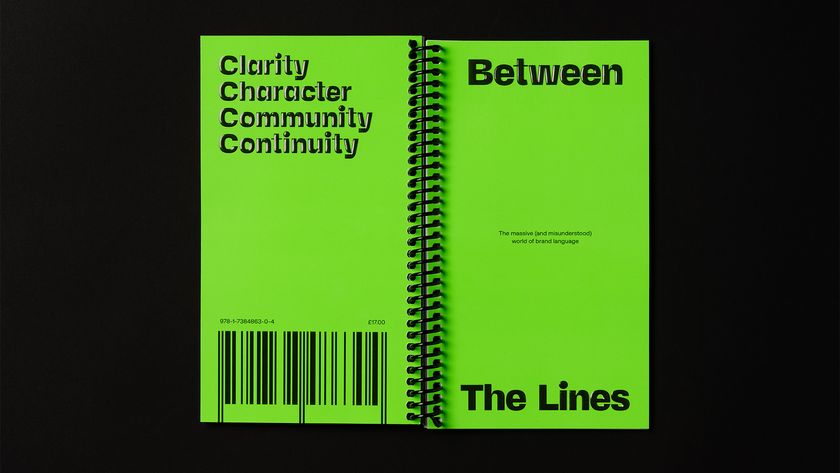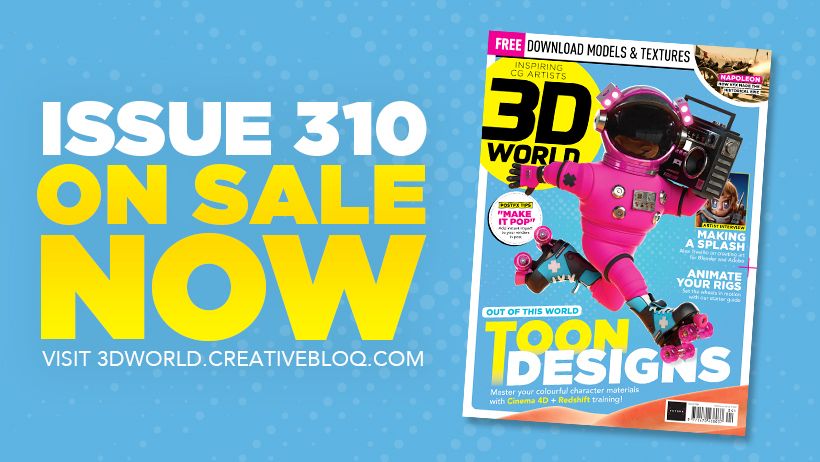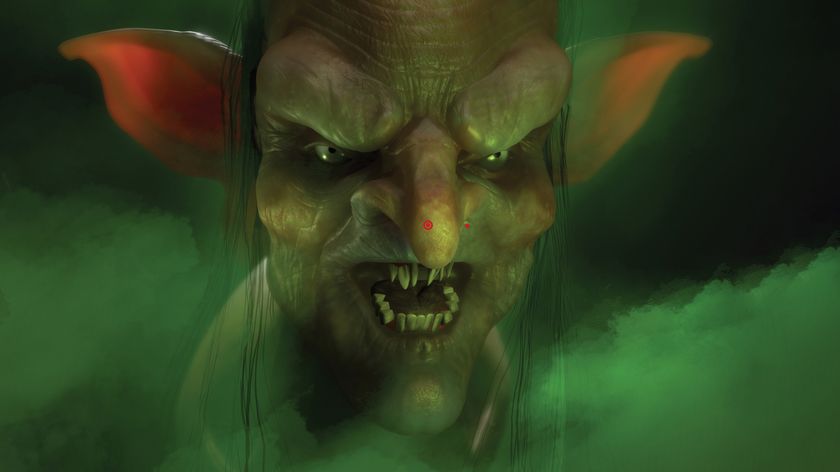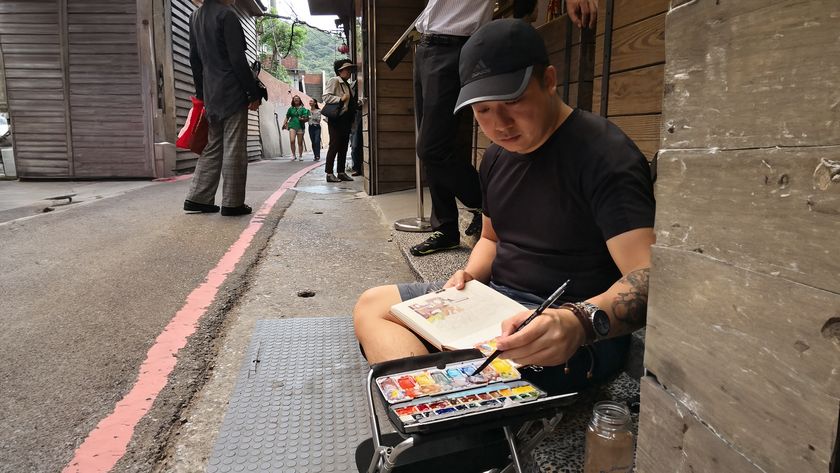Ji Lee on working in a bubble
From Seoul to New York, Saatchi & Saatchi to Facebook, Ji Lee is the multidisciplinary creative who believes success follows fun
On the streets of New York, in 2002, speech bubble-shaped stickers began appearing. Bus stops, telephone booths, billboards, subway trains – anywhere there was an advert, you were likely to find a bubble stuck over the top of it.
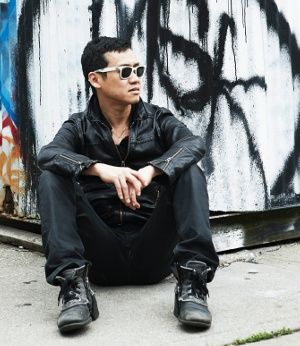
The stickers were left blank, inviting passers-by to fill them with their own thoughts. “I use it to download porn,” reads the bubble added to one IBM ad. “I steal music,” a model holding an iPod was made to say, “and I’m not going away.”
The Bubble Project became a global phenomenon – stickers appearing everywhere from Belgrade to Buenos Aires. And Ji Lee was the man behind it. At the time, he was a designer, bored with his job at an advertising agency. Experimenting with personal projects proved to be his big break. At the peak of its popularity, Lee discussed the Bubble Project on CNN while disguised as a sunglasses-wearing Gandalf. He has since gone on to work as a creative director at Google, and Facebook, where he’s currently in charge of creative strategy...
You’ve said students hoping to make lots of money in the creative industries should choose a different career. How do you balance job satisfaction with earning a living?
In my personal projects I can really express myself. I can have my own vision. When that happens, people can really appreciate what you do, which also means that companies want to hire you. When you focus on personal projects and do something you feel passionate about, professional opportunities come naturally and so does the money. I didn’t know that when I began my personal projects; I only realised afterwards.
You’re known as much for personal projects as for your work with Google and Facebook. How important is self-initiated work to you?
I really enjoyed my time a school, and all the projects I did. At college, I did what I love: creative, artistic work. It felt less like homework and more like fun. When I first got a job, after graduating, the experience of doing corporate work was not as much fun. I did a lot of annual reports and corporate designs and logos. I missed doing the kind of projects that I had done in school.
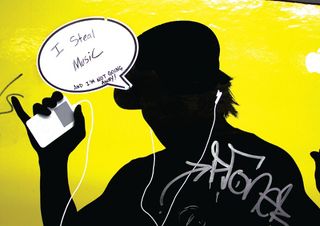
Advertising had much of the same corporate mentality. All the great ideas ended up being watered down. I did that for two years, in one of the top global advertising agencies, and that’s when I realised it’s hard to do great work and have fun. It was at that point that I decided to focus on personal projects again. That’s where the Bubble Project started: my frustration at not being able to achieve that balance in the fields of advertising and design.
You’re a very multidisciplinary creative. Are there any media you haven’t worked in that you’d like to?
I’m currently doing some work in 3D production; 3D objects. Most of my work to-date has been either two-dimensional or digital, and usually one-of-a-kind. Right now, I’m working on a mass-produced small object: over 20,000 sculptures of a meditating rabbit that we want to place around the world, giving them away for free. I’ve never done mass production of a 3D object – it’s much slower than I expected, and more challenging. I prefer to focus on the idea – how to communicate that idea in the best way, using the most appropriate medium. It’s about communication.
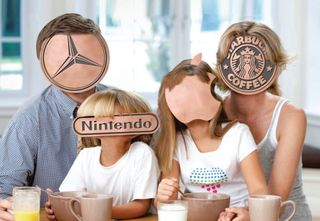
Your work has a very spontaneous, almost anarchic feel. How much planning goes into each project?
It varies from project to project. My focus is really to ship as many as possible. At any given time I’m working on several projects. Some are very quick – like the Facebook page called White Feed. If you like the page, from time to time, you’ll see a blank white post, which is designed to give a little break and a little emptiness in your busy newsfeed. A project like that can take literally 10 minutes – think up a name, set up a page and start publishing. Other projects take longer: the meditating rabbit sculpture has taken two years. It required a lot of work planning and developing the site and making the prototype.
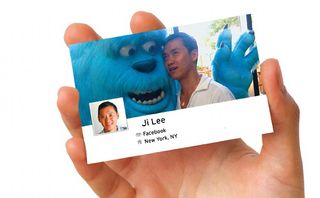
Why is it that you work on so many projects, often concurrently?
We tend to over-analyse things. ‘Oh, I want to make this project perfect.’ You keep tweaking and tweaking. There’s this insecurity about whether people are going to like it, and that’s when you start over-thinking a project. It’s for reasons like that people end up not shipping anything, because they think it’s not perfect. Then the project ends up going nowhere. Months go by, years go by, and you have this project that’s been lingering in the back of your mind, but now you’ve lost momentum. Momentum is hugely important. Once you lose it, it’s very hard to pick it back up again. Once you launch a project, once you ship a project – even if it didn’t really work well – you learn a lot. You incorporate what you learn into your next project.
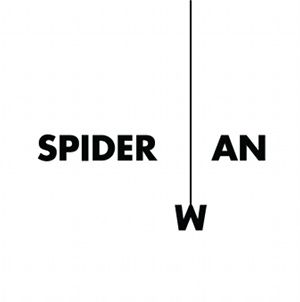
How do you balance working alone, on self-initiated projects, with your roles as part of huge teams at Google and Facebook?
I’m very fortunate to have worked in great places like Google and Facebook, which are companies that encourage their employees to come up with projects that will have a real impact both for the company and around the world. It’s about being proactive. That’s what these companies value. The things I’ve learned from my personal projects that I bring into my professional career, and vice versa. How have you changed since you began your career?
I still have the same passion and excitement. The turning point was the Bubble Project, where I just did something I felt I needed to do. This project came out of the frustration at not being able to produce anything that I was happy with at an agency. When the Bubble Project became really huge and well-known and millions of people around the world started paying attention, I realised I could come up with an idea for a project, produce the project and spread the project – and I could do it all without the help of big institutions. Before, I thought that was the only way to produce an idea that would spread around the world. That project made me realise I can do it without the help of big money and big corporations. That, for me, was extremely empowering and liberating; that I have the means and the tools to create a meaningful project that can touch people around the world.

Thank you for reading 5 articles this month* Join now for unlimited access
Enjoy your first month for just £1 / $1 / €1
*Read 5 free articles per month without a subscription

Join now for unlimited access
Try first month for just £1 / $1 / €1
Get the Creative Bloq Newsletter
Daily design news, reviews, how-tos and more, as picked by the editors.
The Creative Bloq team is made up of a group of design fans, and has changed and evolved since Creative Bloq began back in 2012. The current website team consists of eight full-time members of staff: Editor Georgia Coggan, Deputy Editor Rosie Hilder, Ecommerce Editor Beren Neale, Senior News Editor Daniel Piper, Editor, Digital Art and 3D Ian Dean, Tech Reviews Editor Erlingur Einarsson and Ecommerce Writer Beth Nicholls and Staff Writer Natalie Fear, as well as a roster of freelancers from around the world. The 3D World and ImagineFX magazine teams also pitch in, ensuring that content from 3D World and ImagineFX is represented on Creative Bloq.

